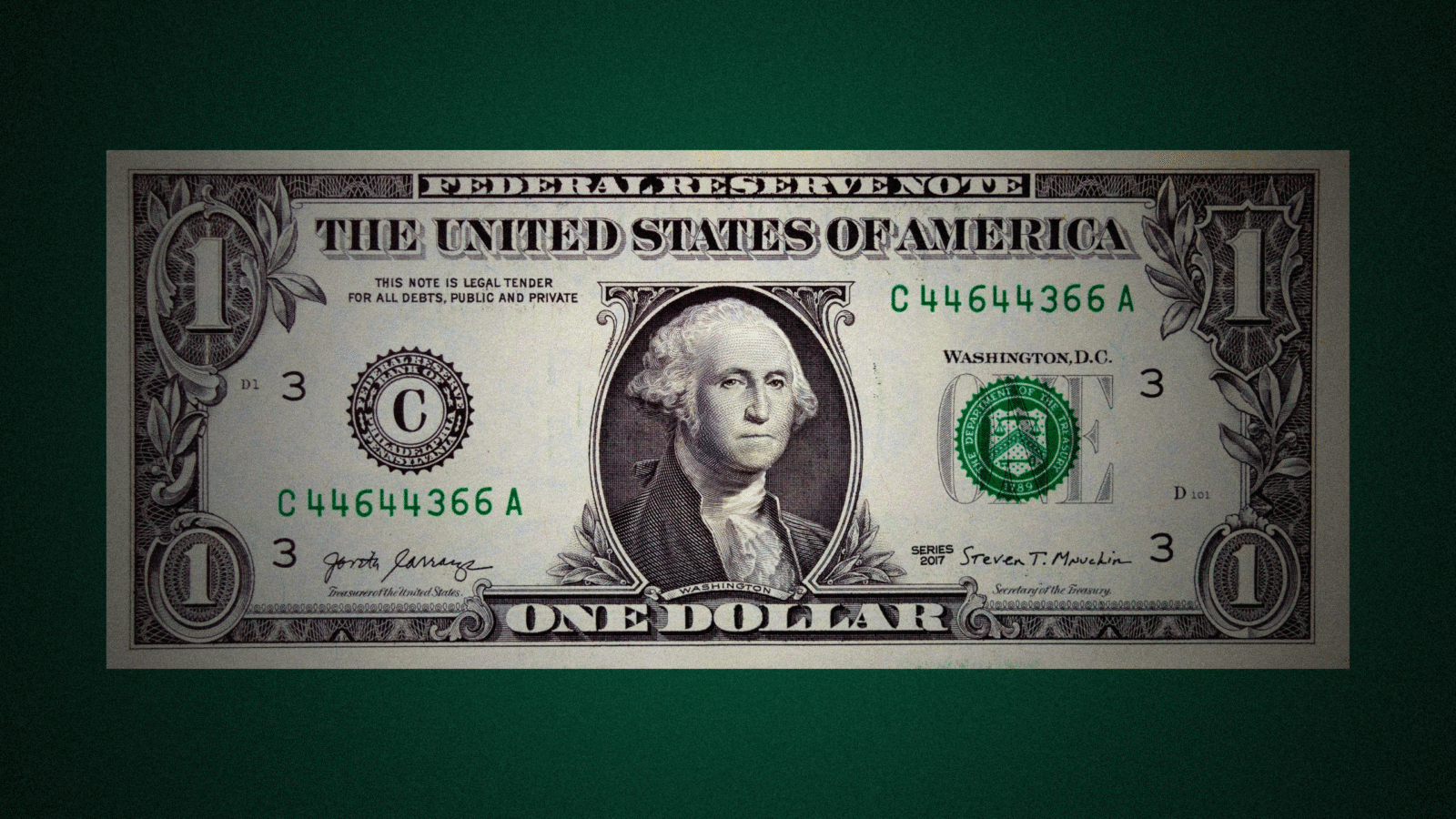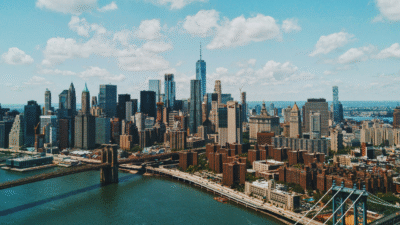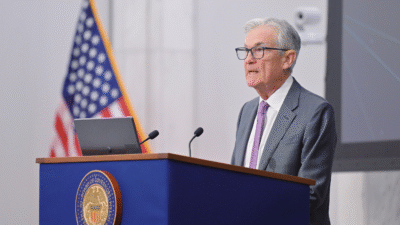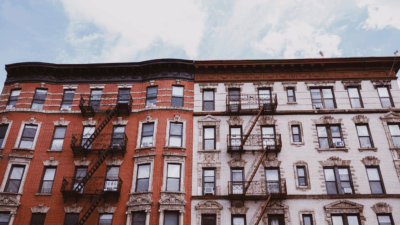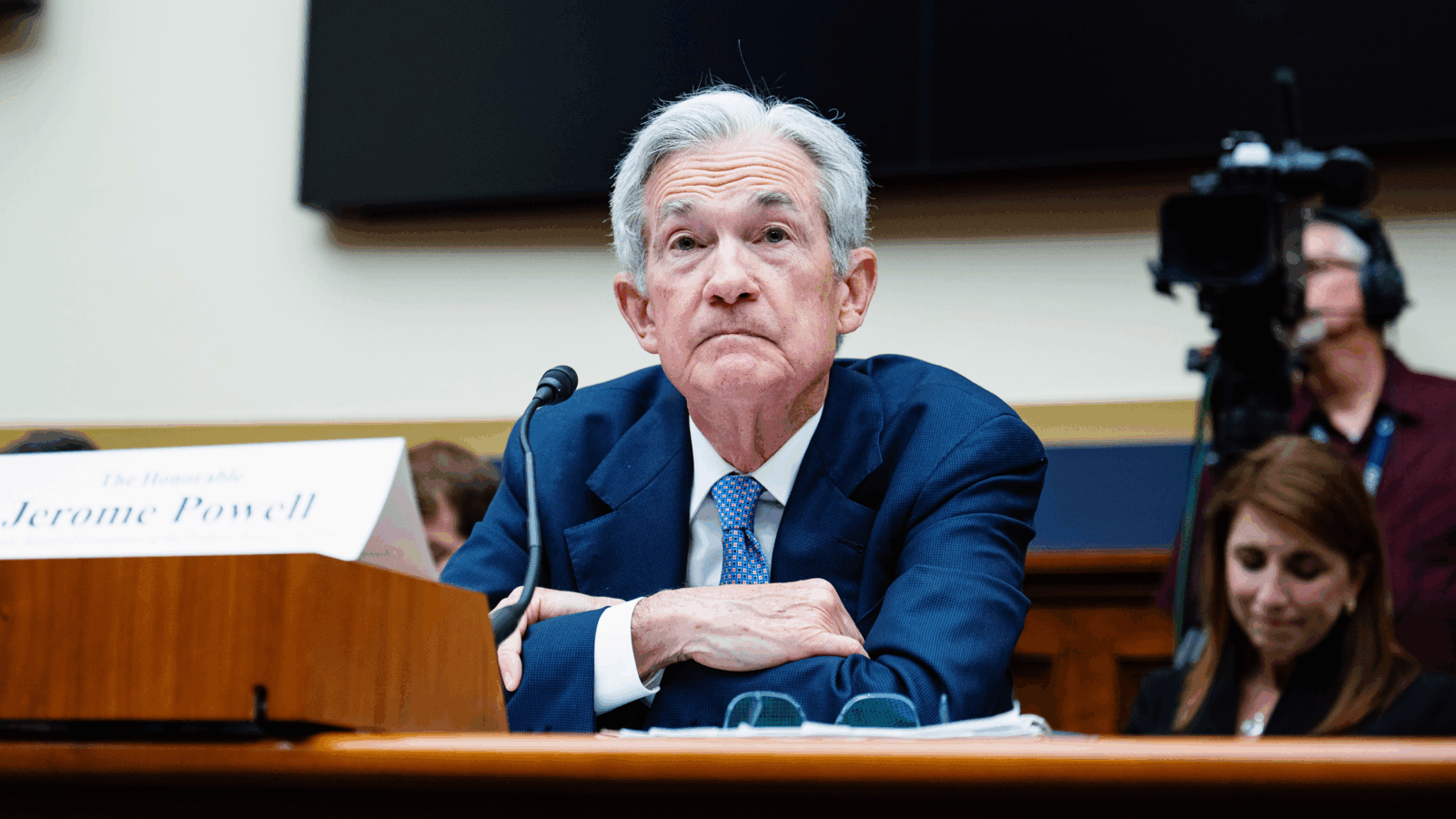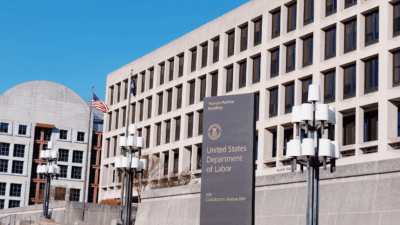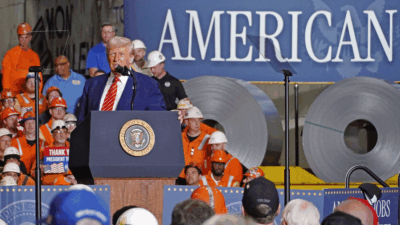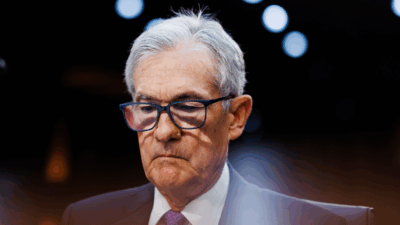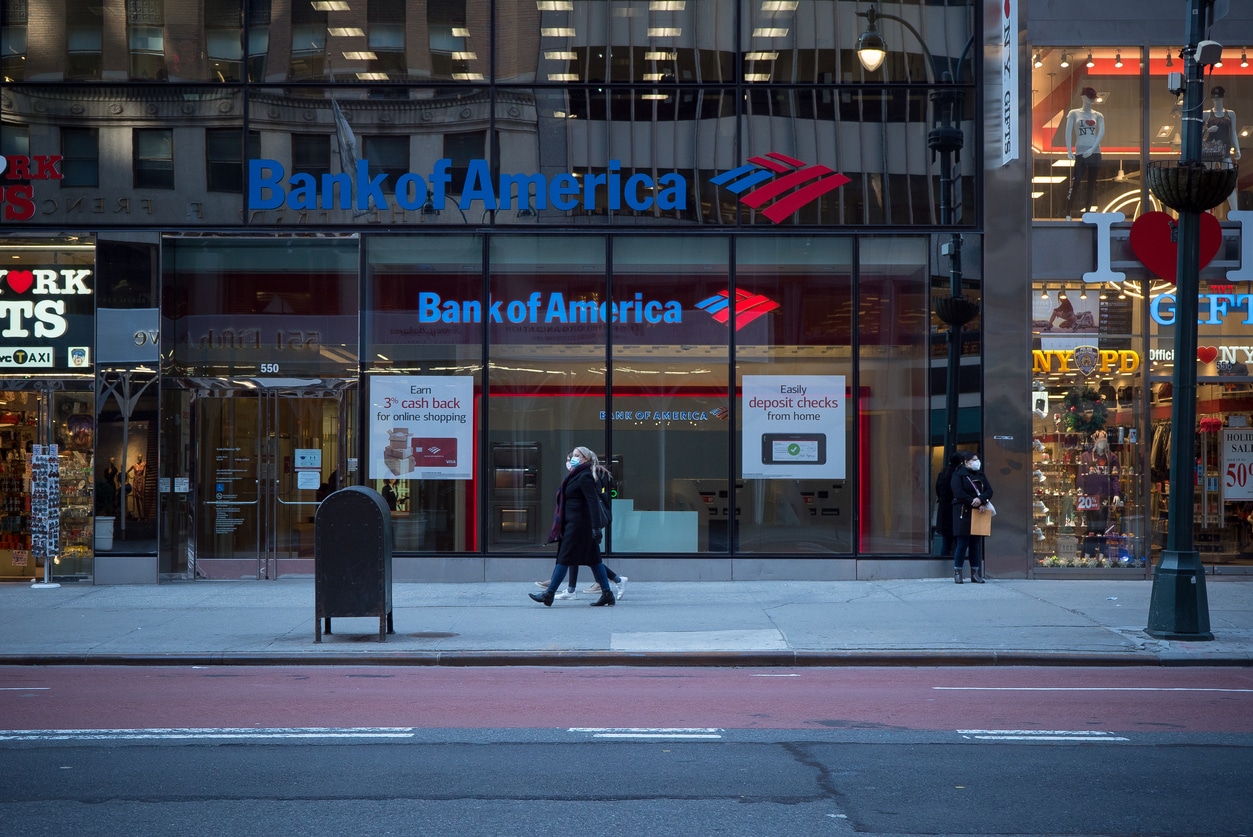
Sign up for smart news, insights, and analysis on the biggest financial stories of the day.
They’re lumbering, stumbling, and hooked up to life support. They are, as some economists have dubbed them, “Zombie Firms.” Think American Airlines and Carnival Cruises — massive companies propped up by big-time name recognition and a friendly lending environment.
But with monetary policy tightening, and establishing a line of credit harder than ever, the bill may soon be coming due for some 600 zombie companies struggling to pay off the interest on pandemic-era loans.
Night of the Living Debt
Roughly one-fifth of the 3,000 largest publicly-traded companies in the US are failing to earn enough cash to cover interest expenses, according to Bloomberg, which gives them the unsavory zombie firm status. That can be a sustainable state of existence in normal times, when rates are low and companies can simply roll over their debts. And historic government efforts to boost private sector liquidity granted zombie companies months, if not years, worth of debt financing.
But soaring inflation coupled with rising interest rates may be enough to push a wave of companies from undead to dead dead:
- US corporate profits dropped the most in roughly two years in Q12022, and about 620 companies saw earnings fall short of interest payments in the past year — well above pre-pandemic 2019 levels — according to Bloomberg.
- Securing loans is now a tall task: Junk-rated companies, as denoted by S&P Global Ratings and Moody’s Investors Service, have only borrowed $56 billion in the bond market so far this year, down 75% year-over-year; May saw new loan starts of under $6 billion, a massive dropoff from January’s $80 billion, according to Bloomberg.
A Zombie Cure? Even if an uptick of bankruptcies occurs, it may be imprudent to expect a government bailout. “Unless we have another full-blown financial crisis, I don’t think the Fed’s capacity to bail out is necessarily that high,” NYU Stern Business School professor and former Reserve Bank of India official Viral Acharya told Bloomberg. “Especially when they are explicitly saying they want to reduce demand. How is that consistent with keeping these firms alive?”
